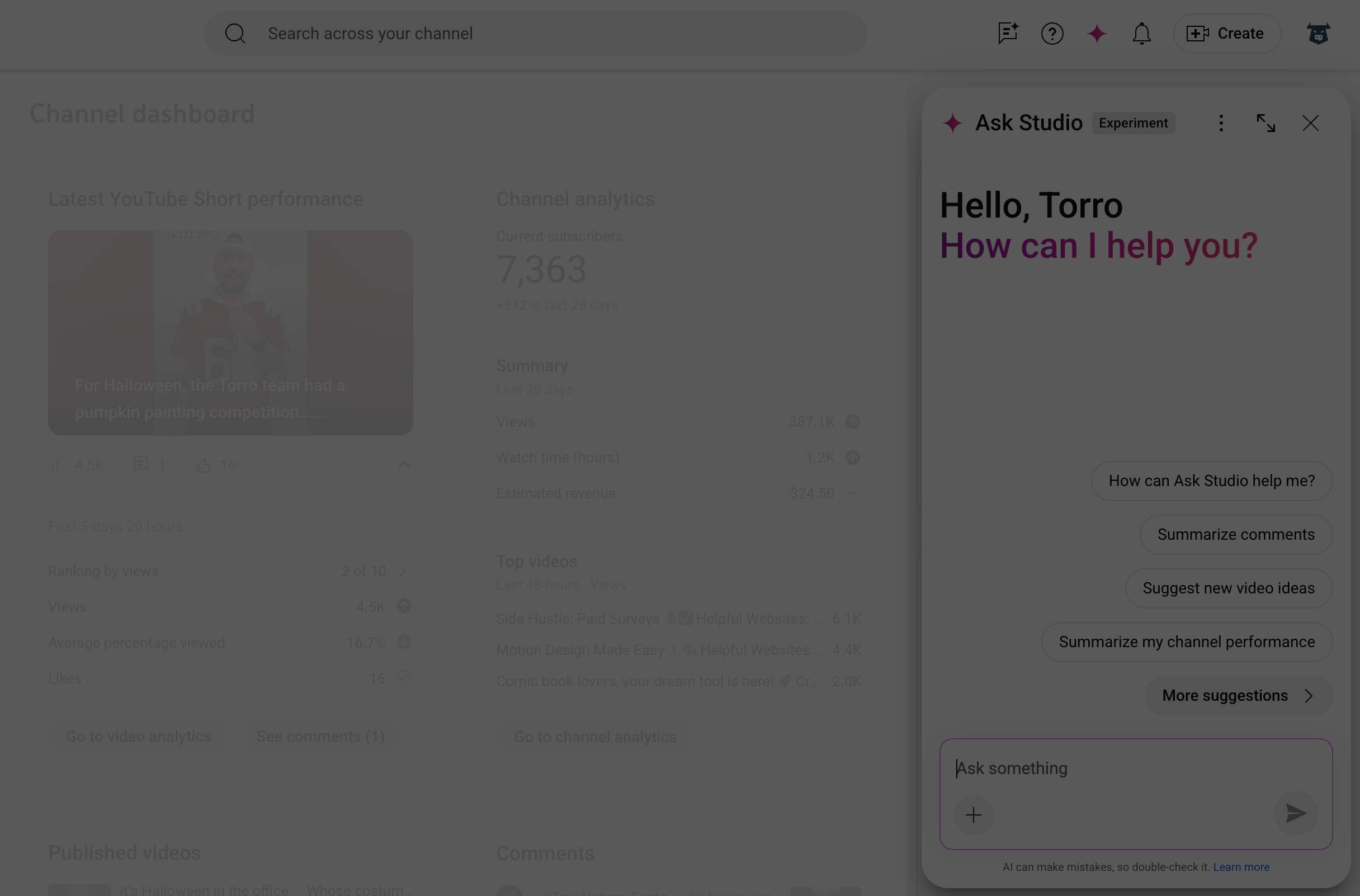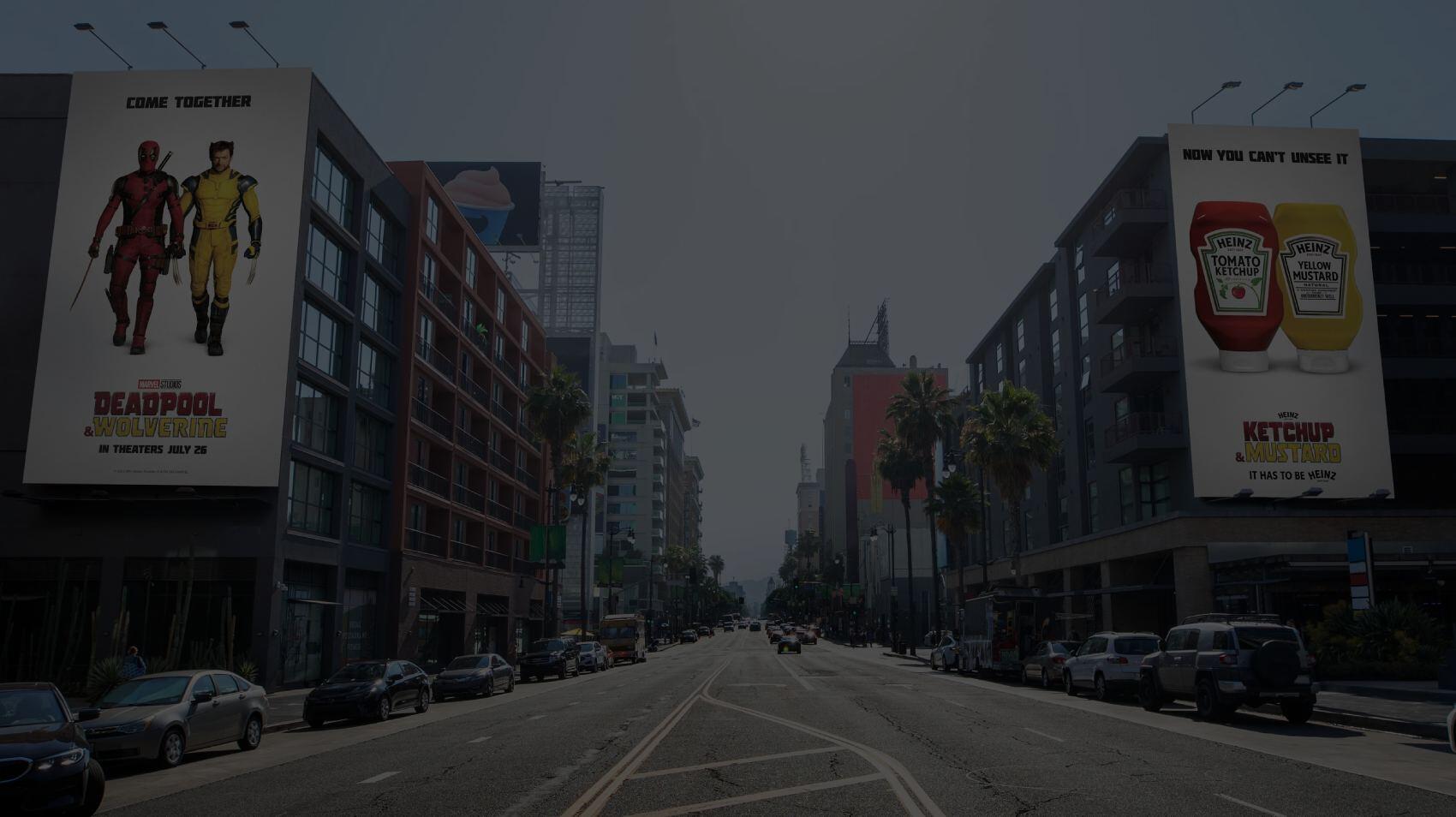ADA Website Lawsuits: What Business Owners Need to Know in 2025
ADA lawsuits are no longer just about physical spaces.
Today, websites are being hit hard if they’re not accessible to people with disabilities. For small and mid-sized businesses, this has become one of the fastest-growing legal risks online.
TLDR / Key Summary
- The Americans with Disabilities Act (ADA) was signed into law in 1990 and applies to websites as well as physical businesses.
- ADA website lawsuits are rising every year, especially against small and mid-sized companies.
- The most common causes are missing alt text, inaccessible forms, poor navigation, bad color contrast, and videos without captions.
- Fixing accessibility issues is cheaper than fighting lawsuits.
- Tools like AltText.ai help automate one of the most common problems: missing or poor alt text.

When Did ADA Lawsuits Begin?
The ADA was signed into law on July 26, 1990 by President George H. W. Bush. At first, the focus was physical spaces—ramps, elevators, and building access. But starting in the 2010s, courts began ruling that websites count as “places of public accommodation.” That shift opened the door for ADA lawsuits targeting online businesses.
Why Lawsuits Have Increased for Websites
The number of ADA website lawsuits has surged in recent years. Businesses that thought they were safe because they had no storefront now face risk if their website isn’t accessible. In fact, many law firms now specialize in filing these claims.
The pattern is clear: most lawsuits focus on websites that don’t work with screen readers or block users with vision, hearing, or mobility challenges.

The Top Causes of ADA Website Lawsuits
Here’s what gets flagged the most:
1. Missing or poor alt text: Screen readers can’t describe images without it. This is one of the easiest violations to spot.
Solution: Use AltText.ai to automatically generate accurate, descriptive alt text at scale.
2. Inaccessible forms: Fields without proper labels or error messages that can’t be read by assistive tech.
3. Navigation barriers: Menus, links, or buttons that can’t be reached by keyboard alone.
4. Color contrast issues: Text blends into the background, making it unreadable.
5. Video without captions: A big problem for anyone who is deaf or hard of hearing.
While alt text is not the only cause, it’s one of the most common and easiest to fix quickly.
The Cost of Ignoring ADA Compliance
Fighting an ADA website lawsuit can cost tens of thousands in legal fees—often more than what it would take to fix the issues. And once you get flagged, you’re more likely to get targeted again.
Accessibility should be seen as risk management. It protects your business legally, while also opening your site to a wider audience.
How to Make Your Website ADA Compliant
- Run an accessibility audit to identify issues.
- Add alt text to every image (tools like AltText.ai can save hours here).
- Ensure forms, buttons, and menus are labeled properly.
- Use high-contrast colors for text.
- Add captions to all videos.
Even small improvements reduce risk significantly.

Final Word
ADA website lawsuits are not slowing down. They’re growing every year, and the majority are filed against businesses that never thought they’d be targeted. The good news is you can fix the most common problems before they become a legal issue.
Start with the basics. If you do nothing else, make sure your site has accurate alt text on every image. Tools like AltText.ai make it simple, fast, and cost-effective.
Accessibility is not just compliance, it’s good business.




